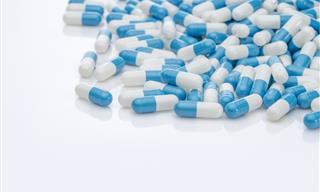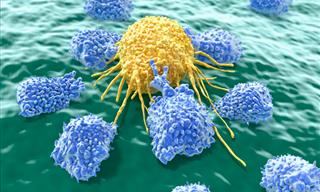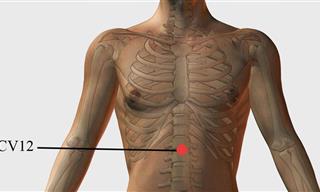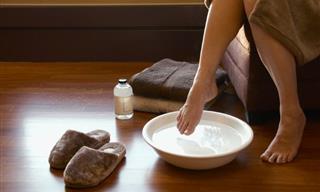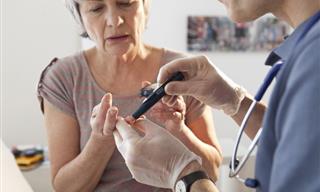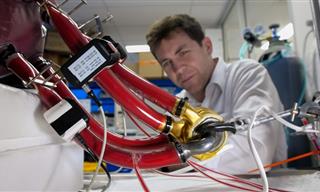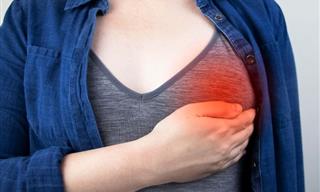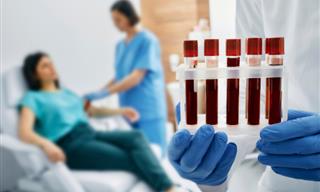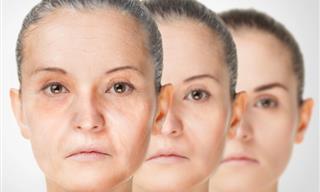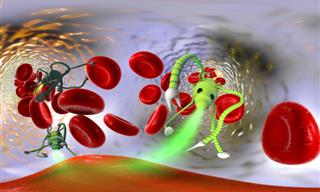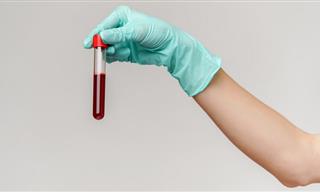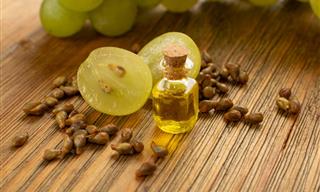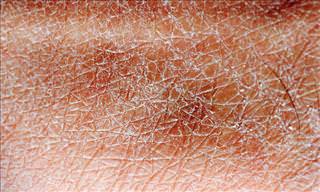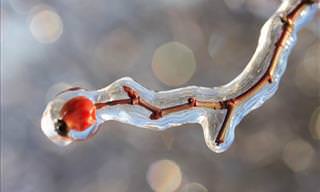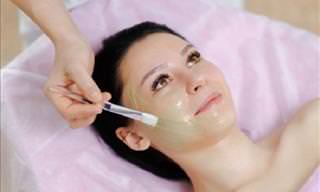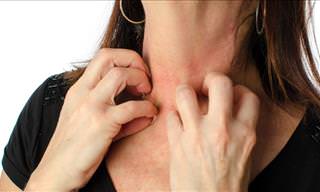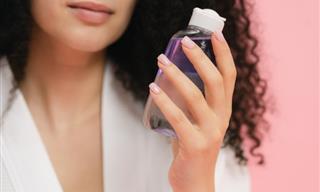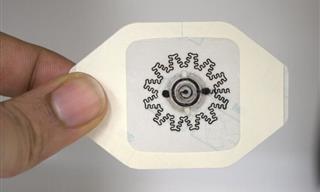Wound care is about to take a major leap forward with the development of an innovative bandage that uses water to generate an electric field, promoting faster healing. Researchers have designed a cost-effective, $1 dressing that could make treatment more accessible for millions of people dealing with chronic wounds. With a simple activation process and no need for external equipment, this new approach could revolutionize how wounds are managed at home and in medical settings.
Related: The DOs and DON’Ts of Scar Prevention and Wound Care
Chronic wounds and the need for better treatment
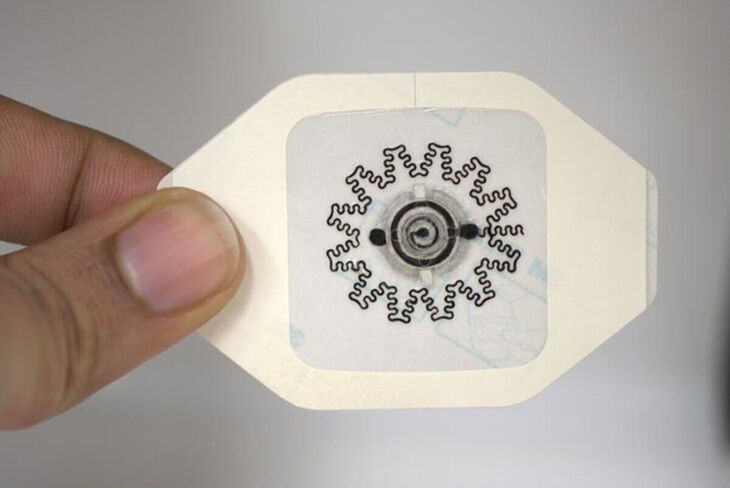
The water-powered, electronics-free dressing (WPED) designed for wound electrical stimulation. (Credit: Rajaram Kaveti)
Chronic wounds, such as diabetic foot ulcers, affect about 18.6 million people worldwide and can be extremely difficult to heal. These persistent injuries often lead to severe complications, including a higher risk of amputation and death. Current treatments range from basic bandages to expensive biologic therapies, some costing over $20,000 per wound. Unfortunately, many of these options are either ineffective or financially out of reach for patients who need them most.
Scientists have been searching for a practical solution that is both affordable and easy to use. This study, published in Science Advances, examines a new treatment option that may reduce costs while improving access to chronic wound care. An American research team developed a water-activated, electronics-free dressing (WPED) that can be produced for around $1. This smart bandage harnesses a combination of magnesium and silver/silver chloride to create a healing electrical field when it comes into contact with water.
“Our goal here was to develop a far less expensive technology that accelerates healing in patients with chronic wounds,” says co-author Amay Bandodkar, assistant professor at North Carolina State University, in a statement. “We also wanted to make sure that the technology is easy enough for people to use at home, rather than something that patients can only receive in clinical settings.”
How the water-activated bandage works
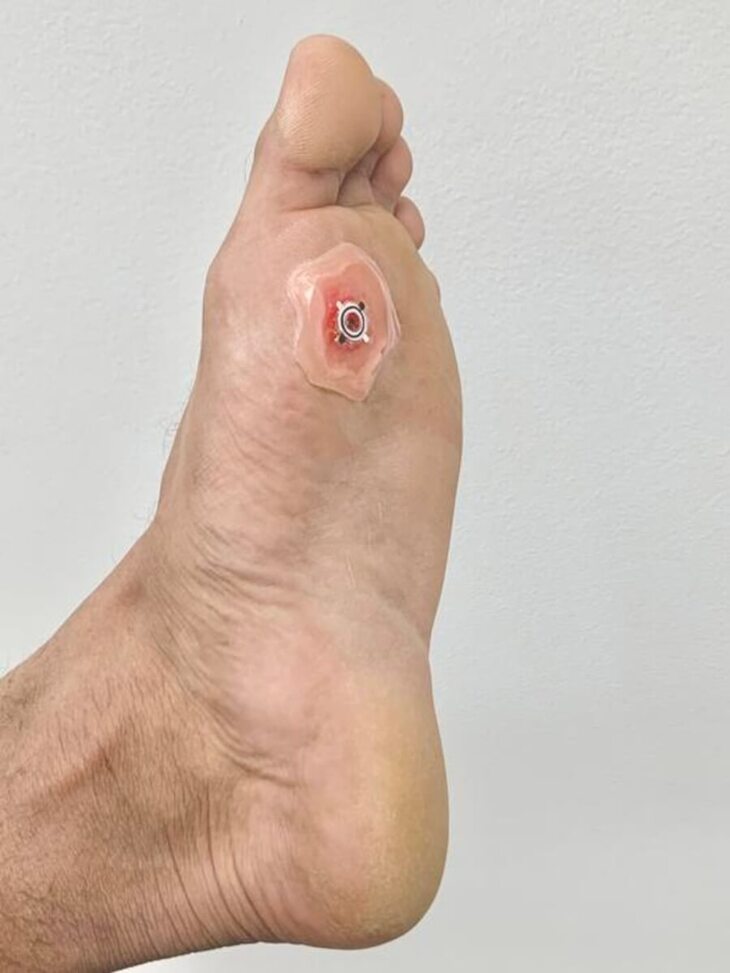
The WPED being used on a simulated wound on a human foot. (Credit: Rajaram Kaveti)
This bandage is equipped with a small, flexible battery that is activated as soon as water is added to the inlet pad. The system generates a mild electrical field that promotes wound healing by stimulating tissue repair. Made from a combination of magnesium and silver/silver chloride, the bandage creates a controlled charge that mimics the body's natural healing processes.
A built-in checkpad changes color once the separator is fully hydrated, signaling that the bandage is actively working. At only 290 milligrams, this dressing is barely heavier than a standard bandage and can conform to irregular wound surfaces, making it practical for real-world use.
Why electrical stimulation matters
Electricity has long been recognized for its ability to aid wound healing, but traditional electrical therapies require bulky external equipment. This new dressing simplifies the process by delivering electrical stimulation without any additional devices. Once activated with water, the dressing can function for anywhere from 30 minutes to over seven hours, depending on environmental conditions and the nature of the wound.
Researchers note that directing the electric field from the outer edges of the wound toward the center is essential to improving healing. The flexible electrodes in the dressing ensure that this process happens effectively, allowing for better wound closure and tissue regeneration.
Testing and promising results
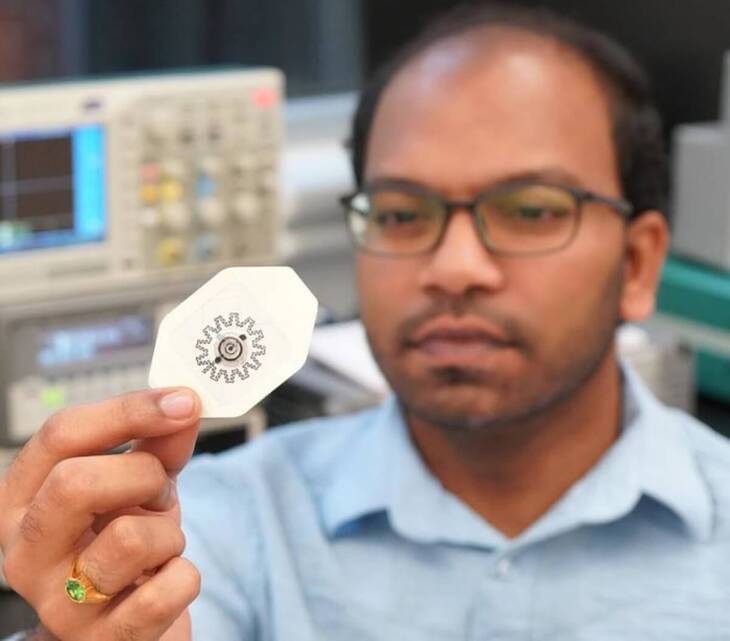
Researcher Rajaram Kaveti holds the water-powered, electronics-free dressing (WPED) used for wound electrical stimulation. (Credit: Gurudatt Nanjanagudu Ganesh)
The effectiveness of the bandage was tested in laboratory settings under various temperature and pressure conditions. Even when exposed to different environments, the dressing continued to function as intended. Although higher temperatures led to faster water evaporation, the bandage still provided a steady flow of electrical stimulation.
In controlled trials using diabetic mice, the results were impressive. By day 11, 75% of wounds treated with the bandage had completely closed, compared to just 12.5% in those that received a non-powered dressing. By day 13, healing rates increased to 88% in the treated group. Researchers observed faster wound closure, improved blood vessel formation, and reduced inflammation, all contributing to better overall healing outcomes.
Related: Tutorials: How to Wrap an Elastic Bandage On Any Body Part
A step forward in wound care
Diabetic foot ulcers remain a serious health challenge, often leading to amputations when left untreated. There is an urgent need for new treatment options, as the last FDA-approved therapy for diabetic foot ulcers was introduced over 25 years ago.
Although further testing is needed before this bandage reaches clinical use, its potential is clear. Using a simple chemical reaction to generate an electric field, this low-cost solution could provide advanced wound care to patients who might otherwise be unable to afford it. With continued research and development, this innovation may soon become a practical tool for both hospitals and home care.
 Go to BabaMail
Go to BabaMail














